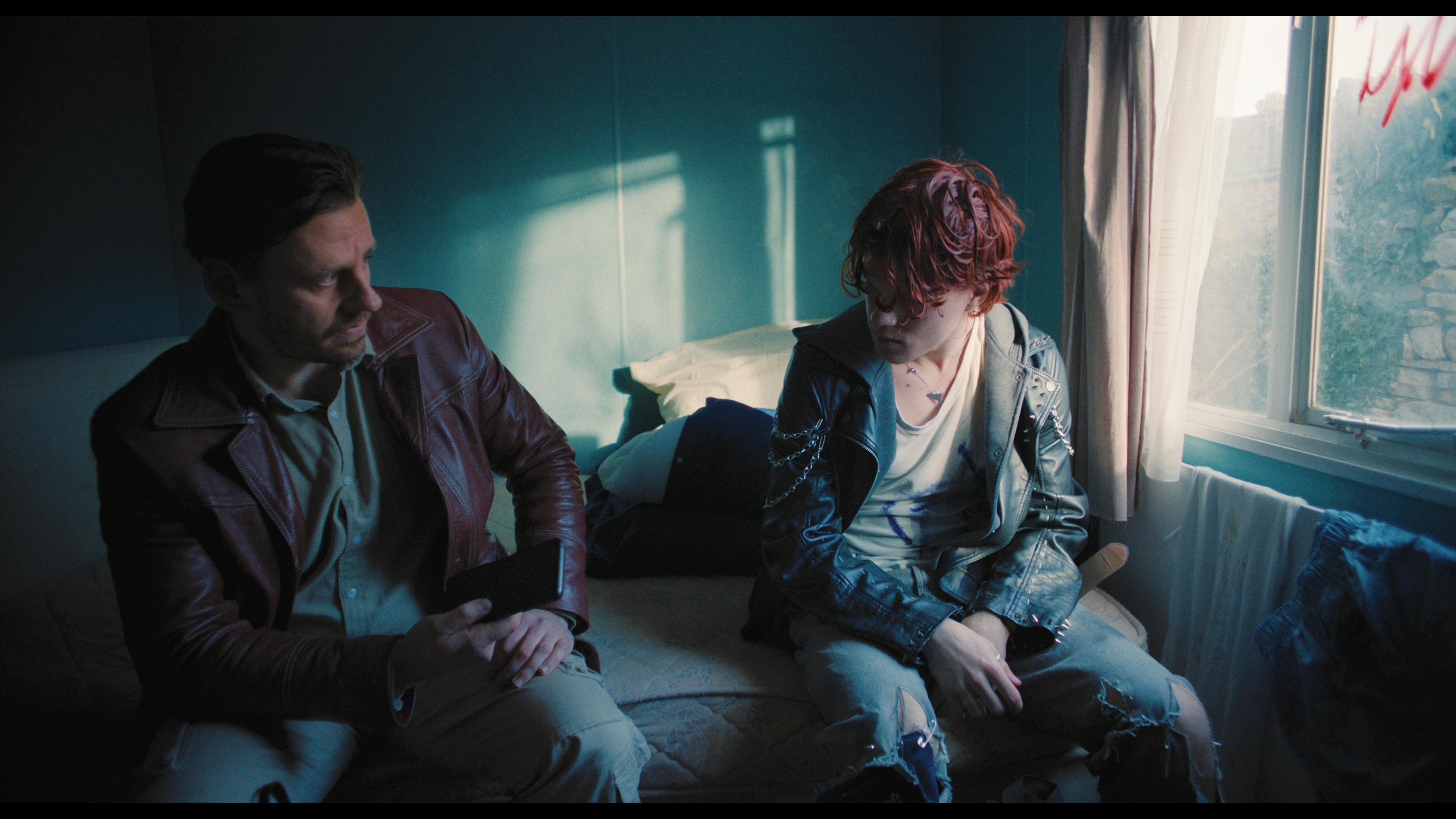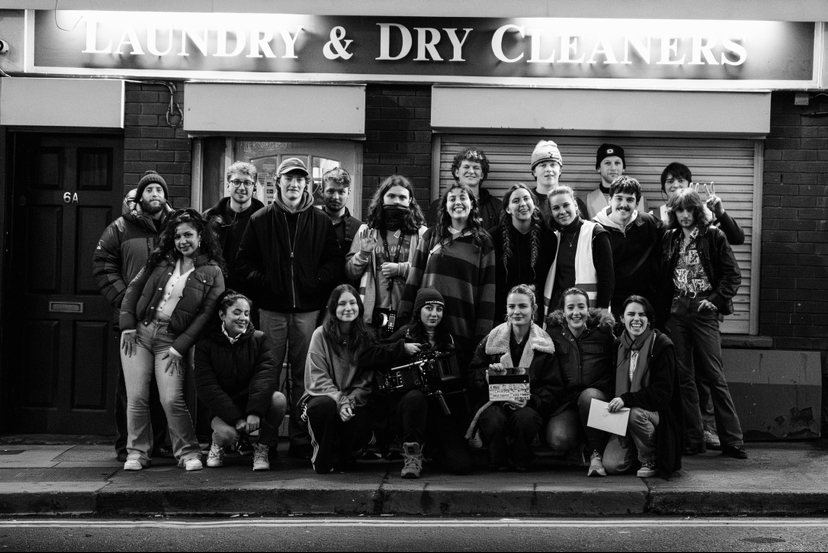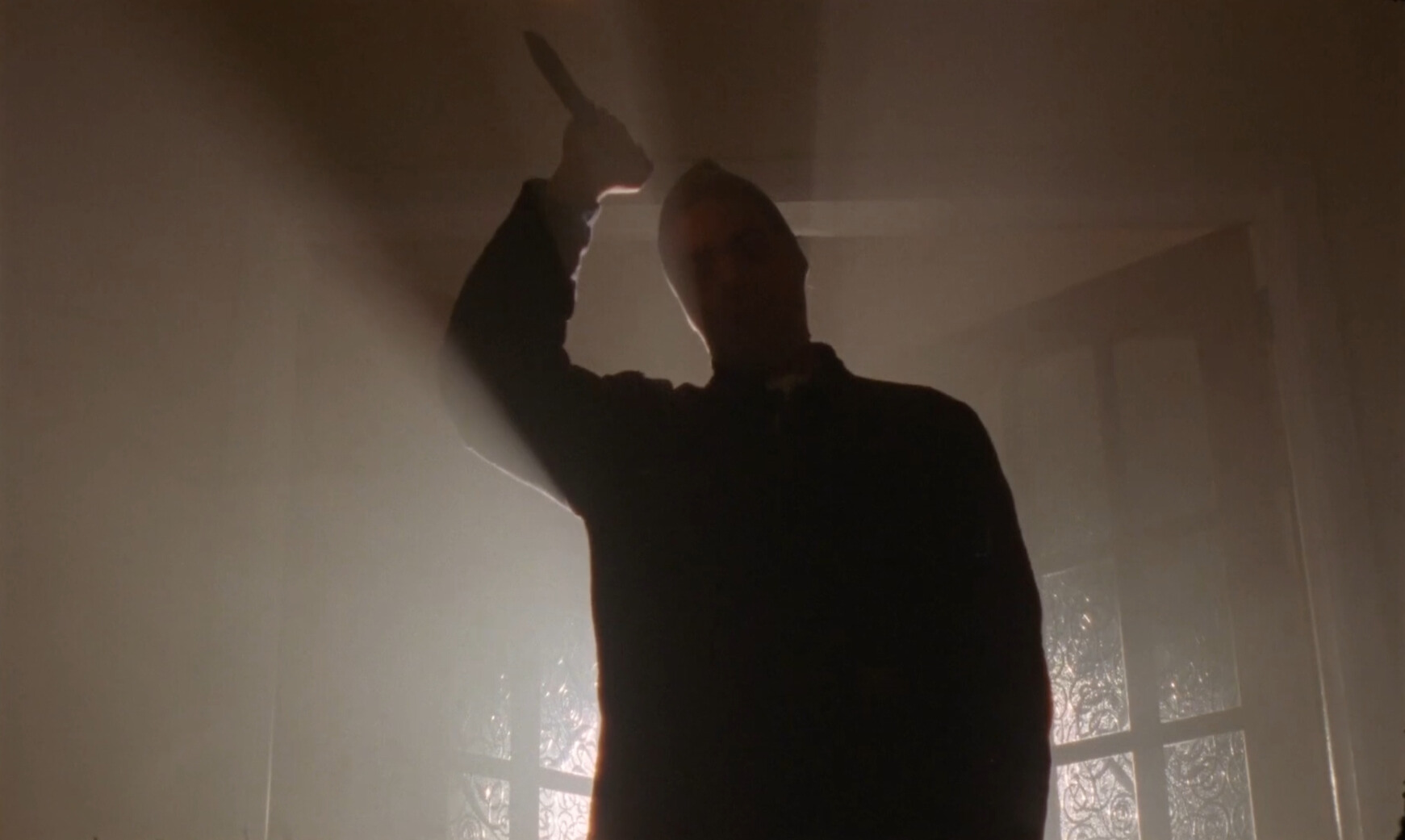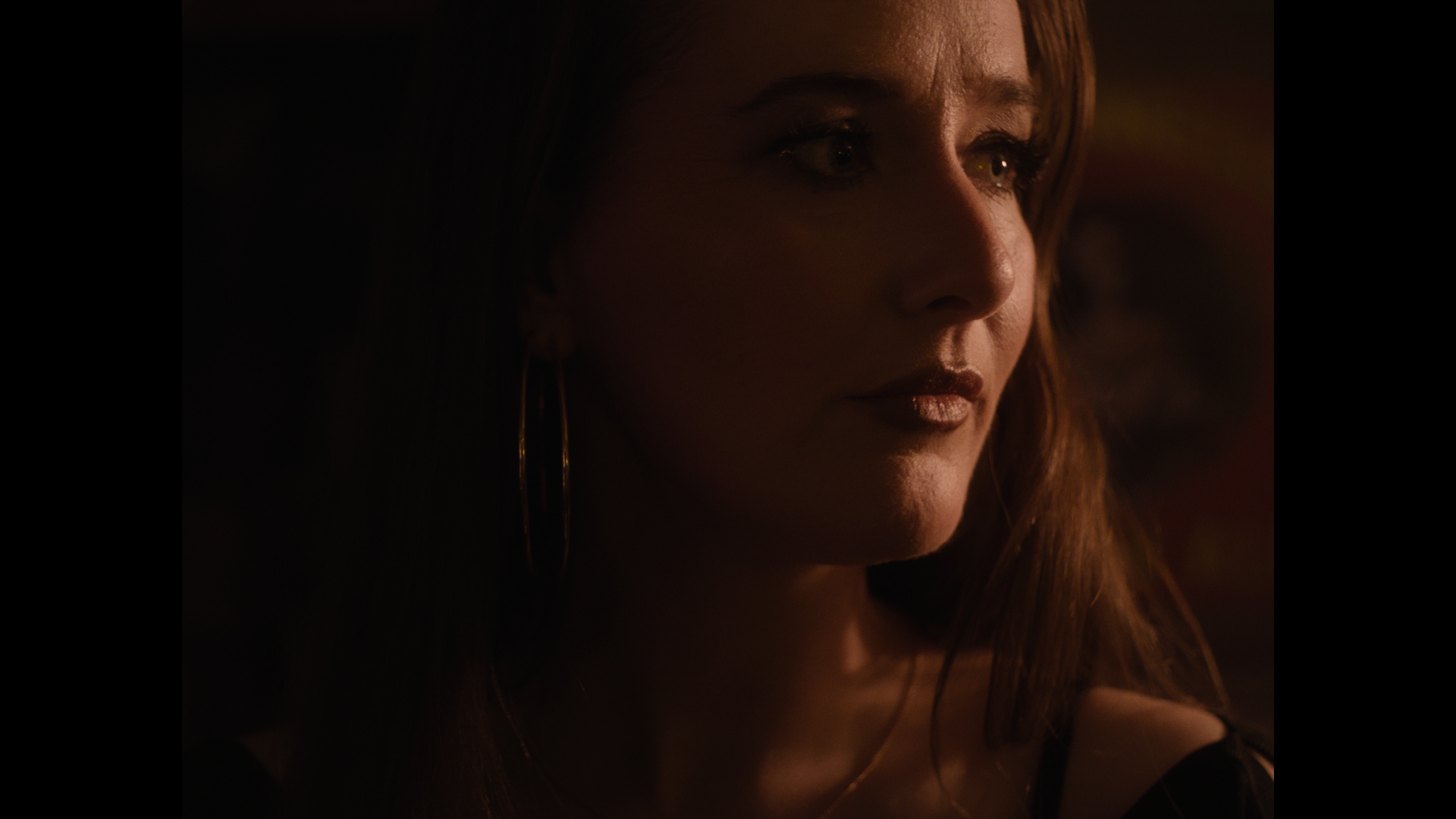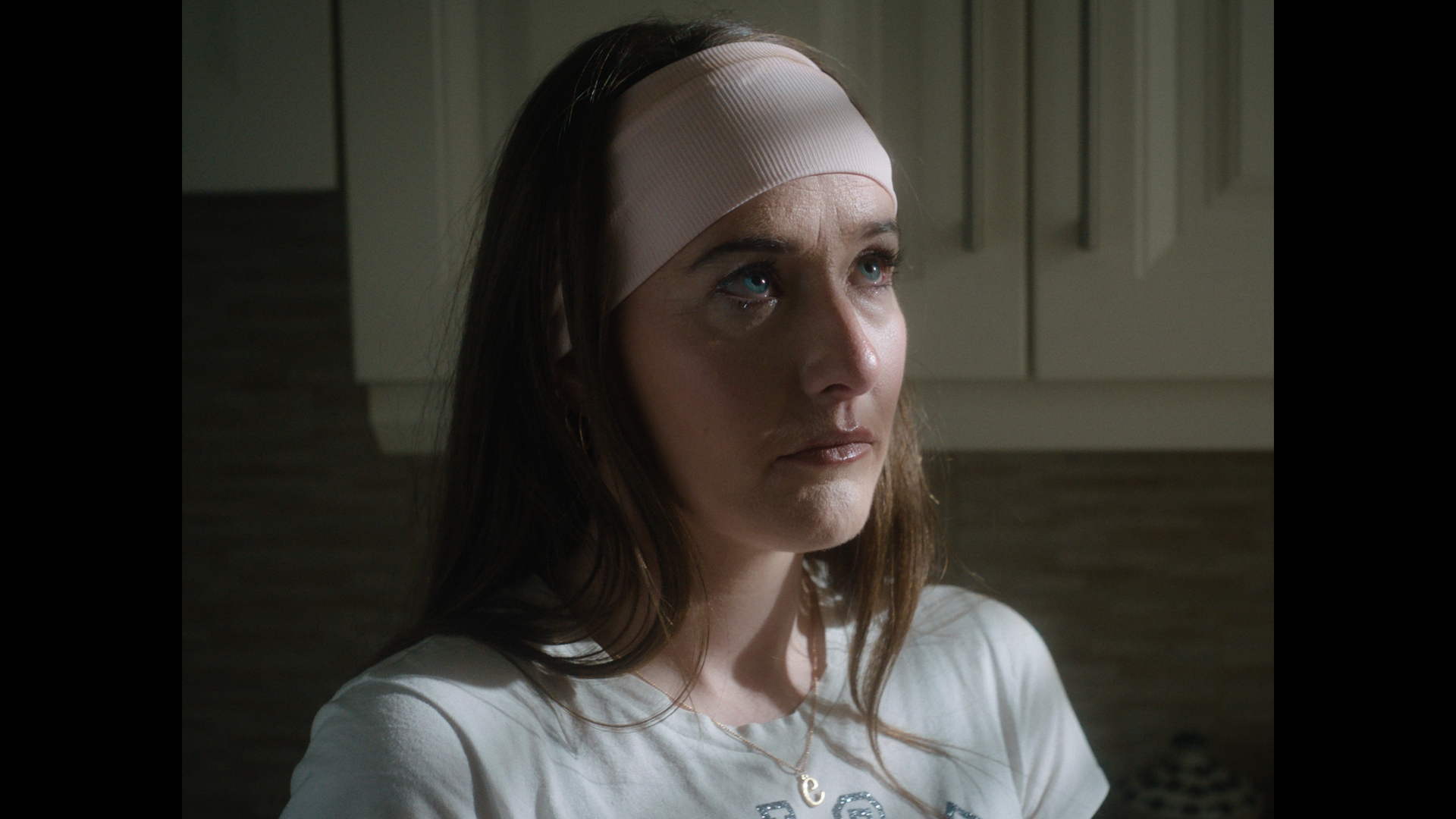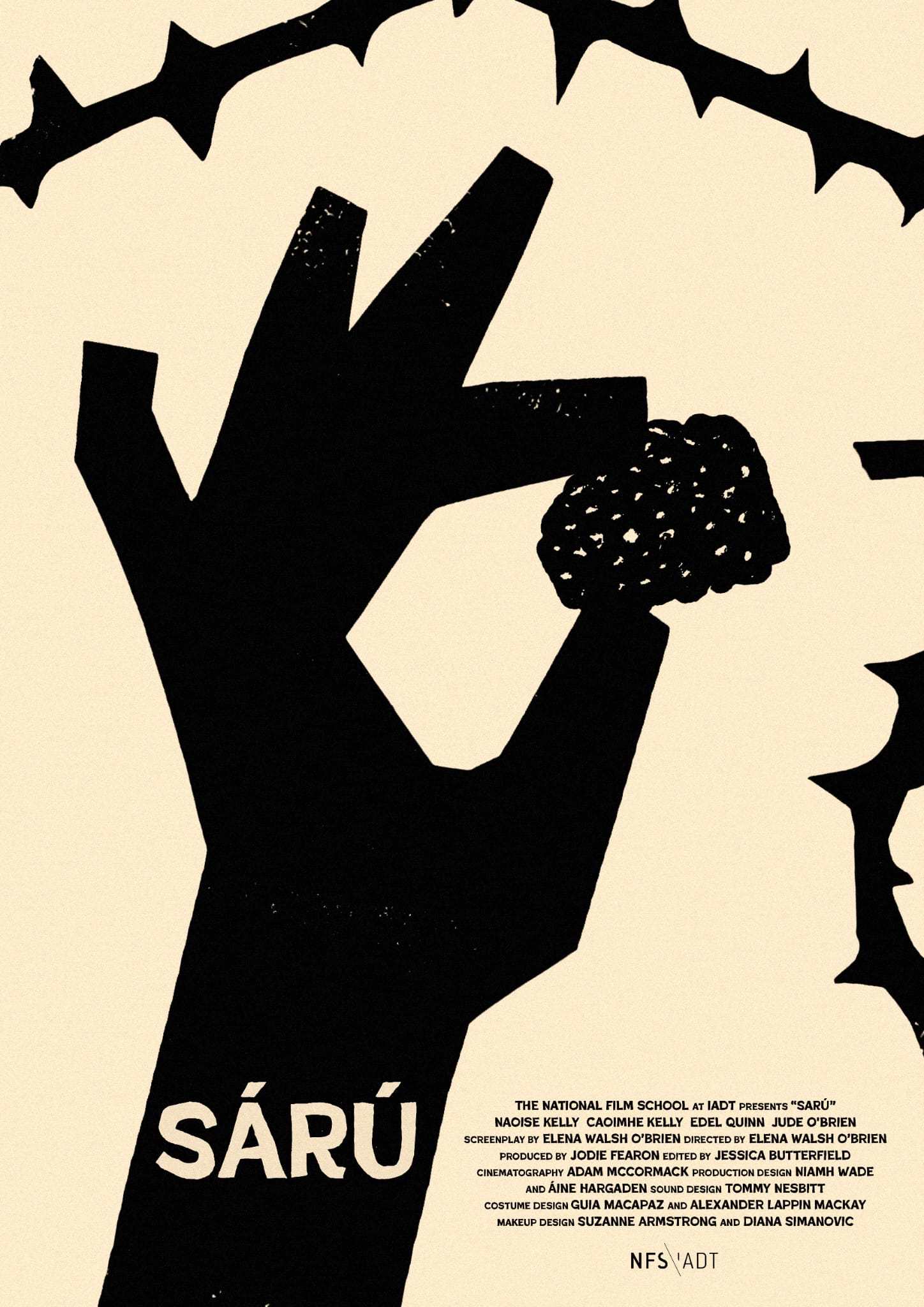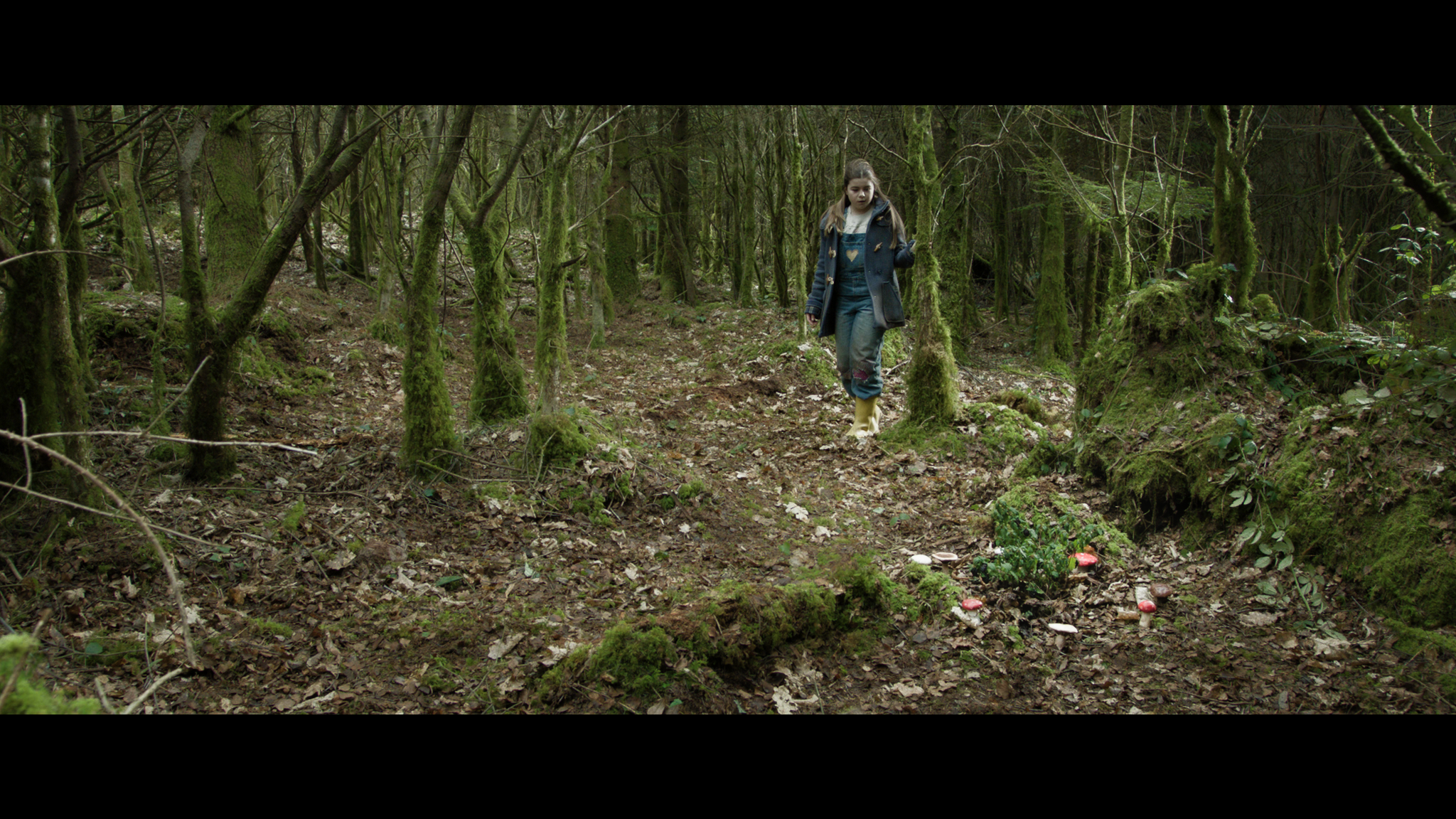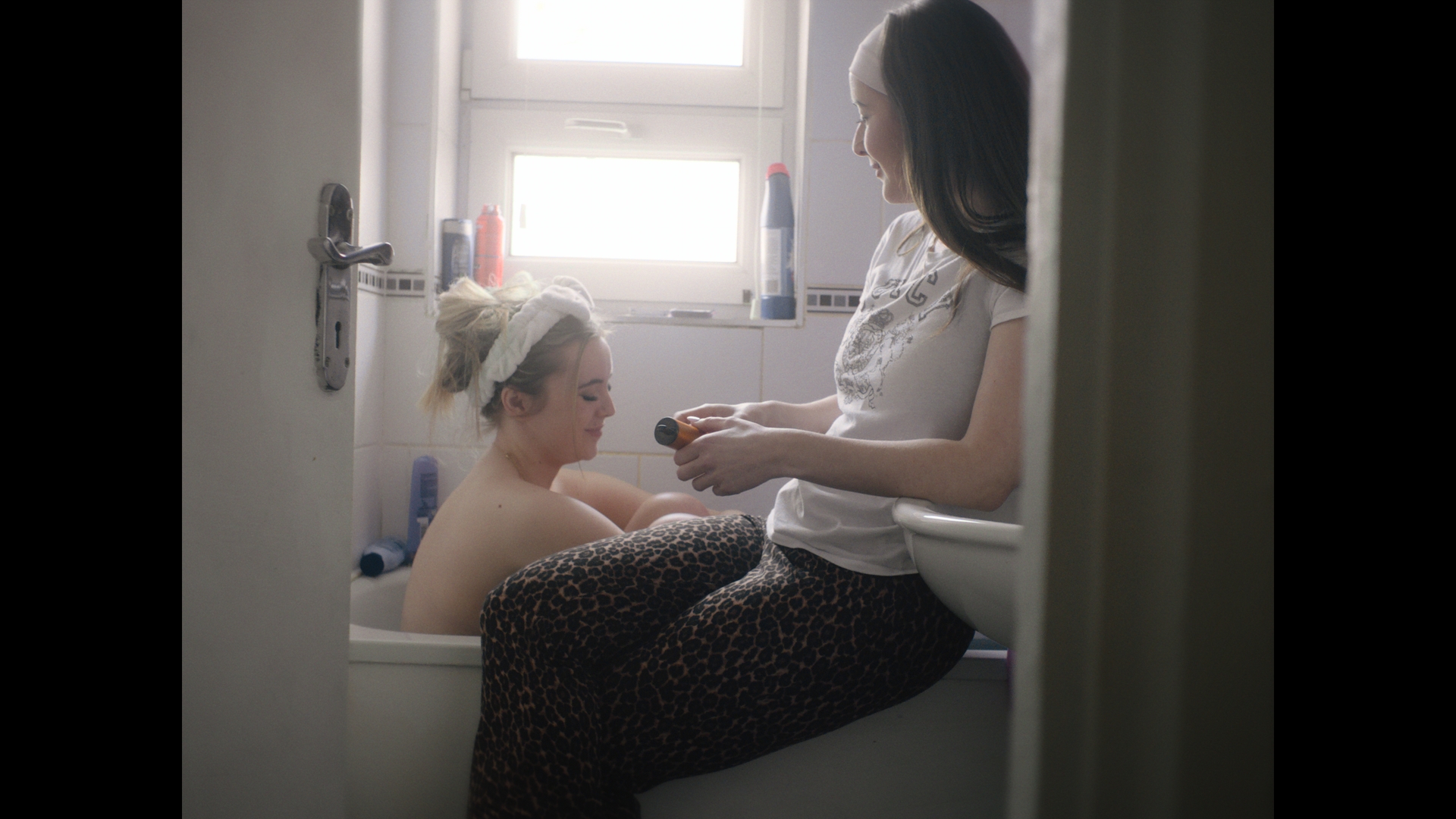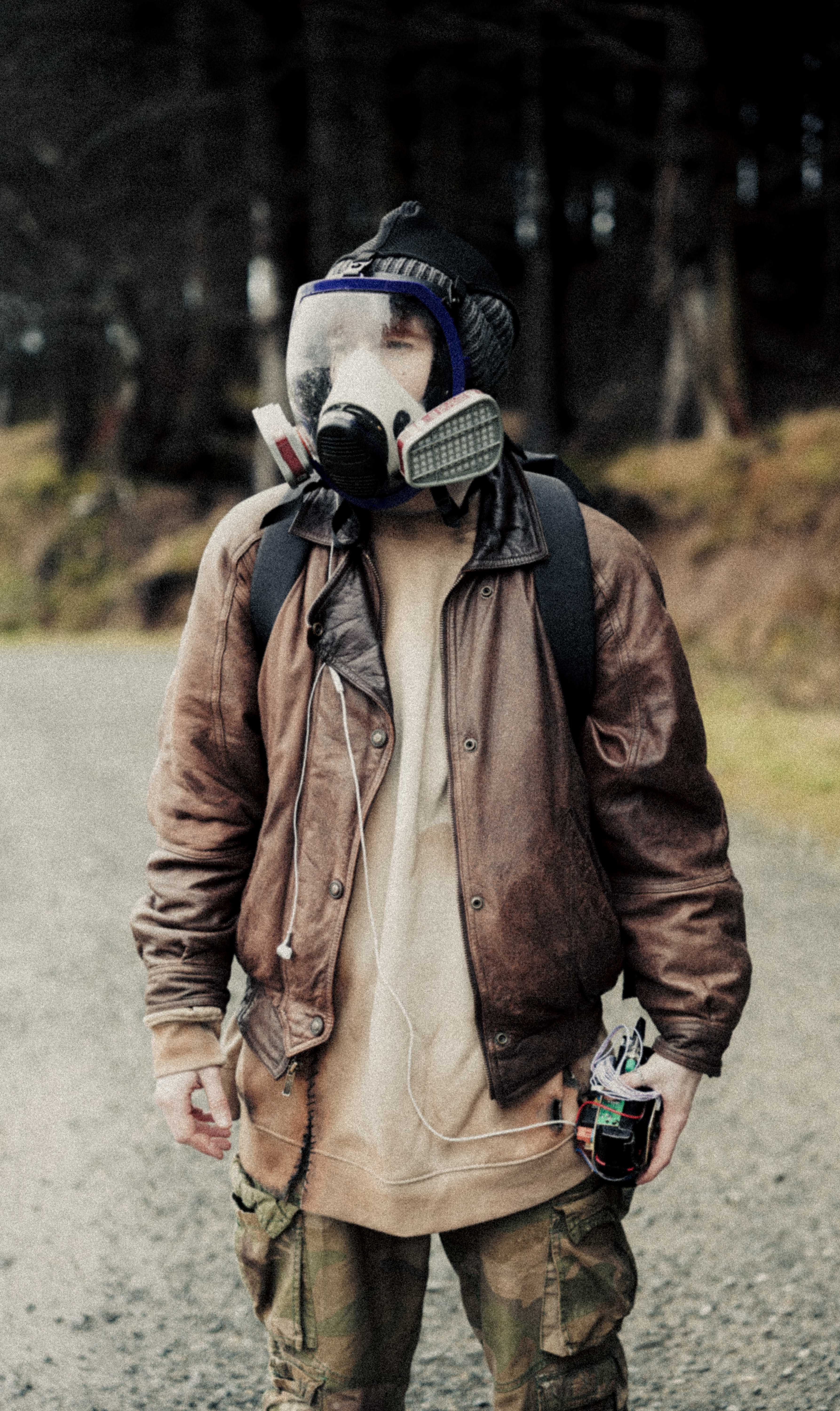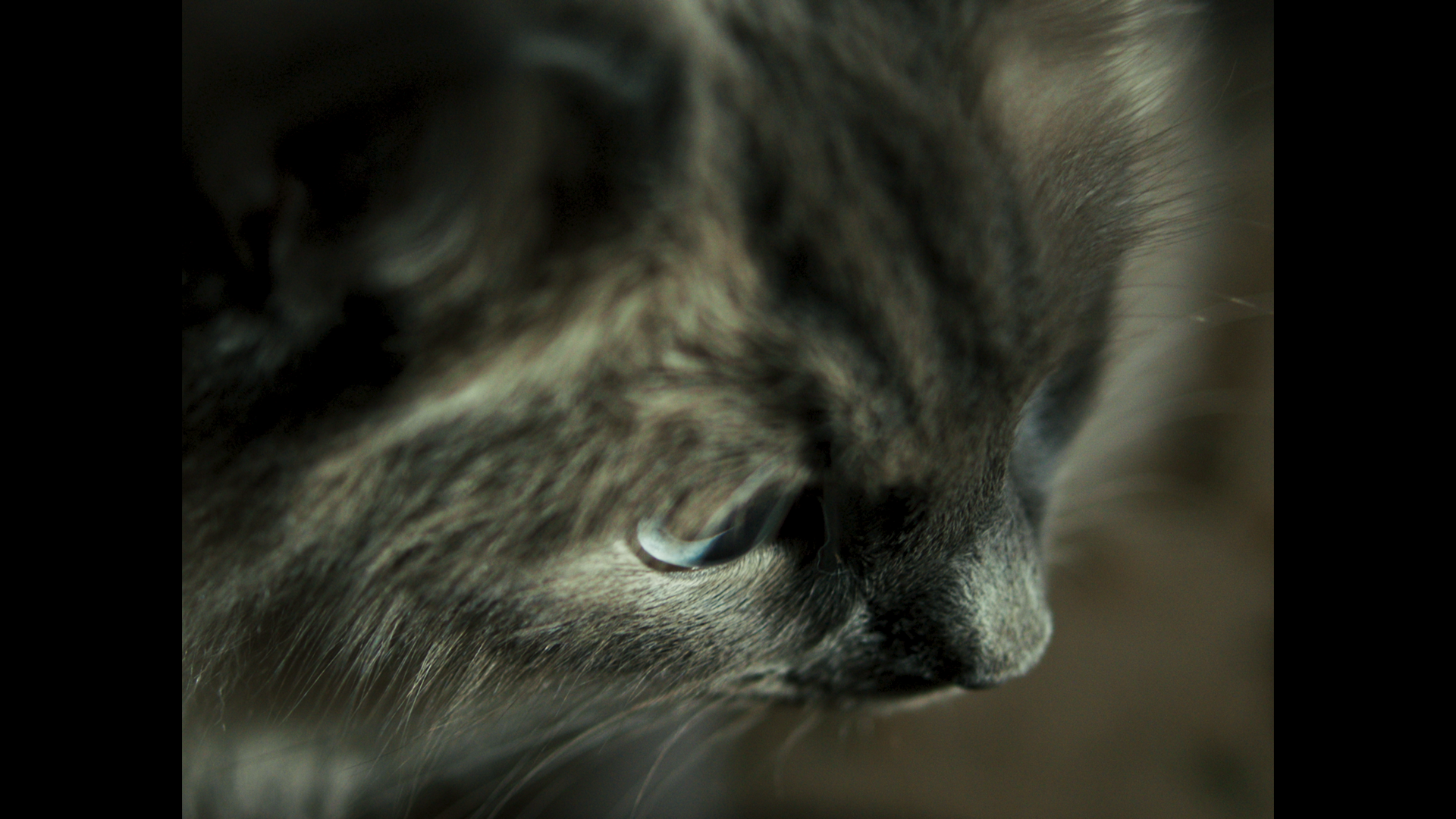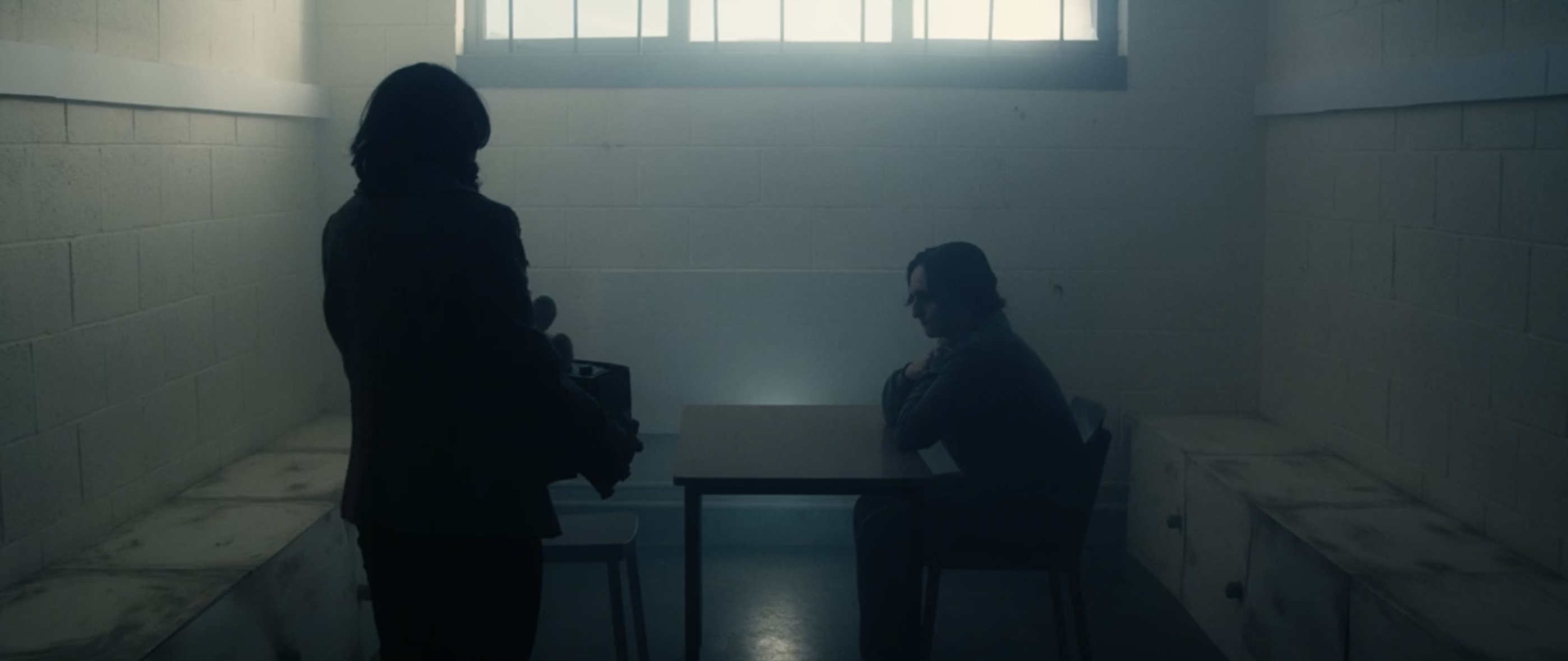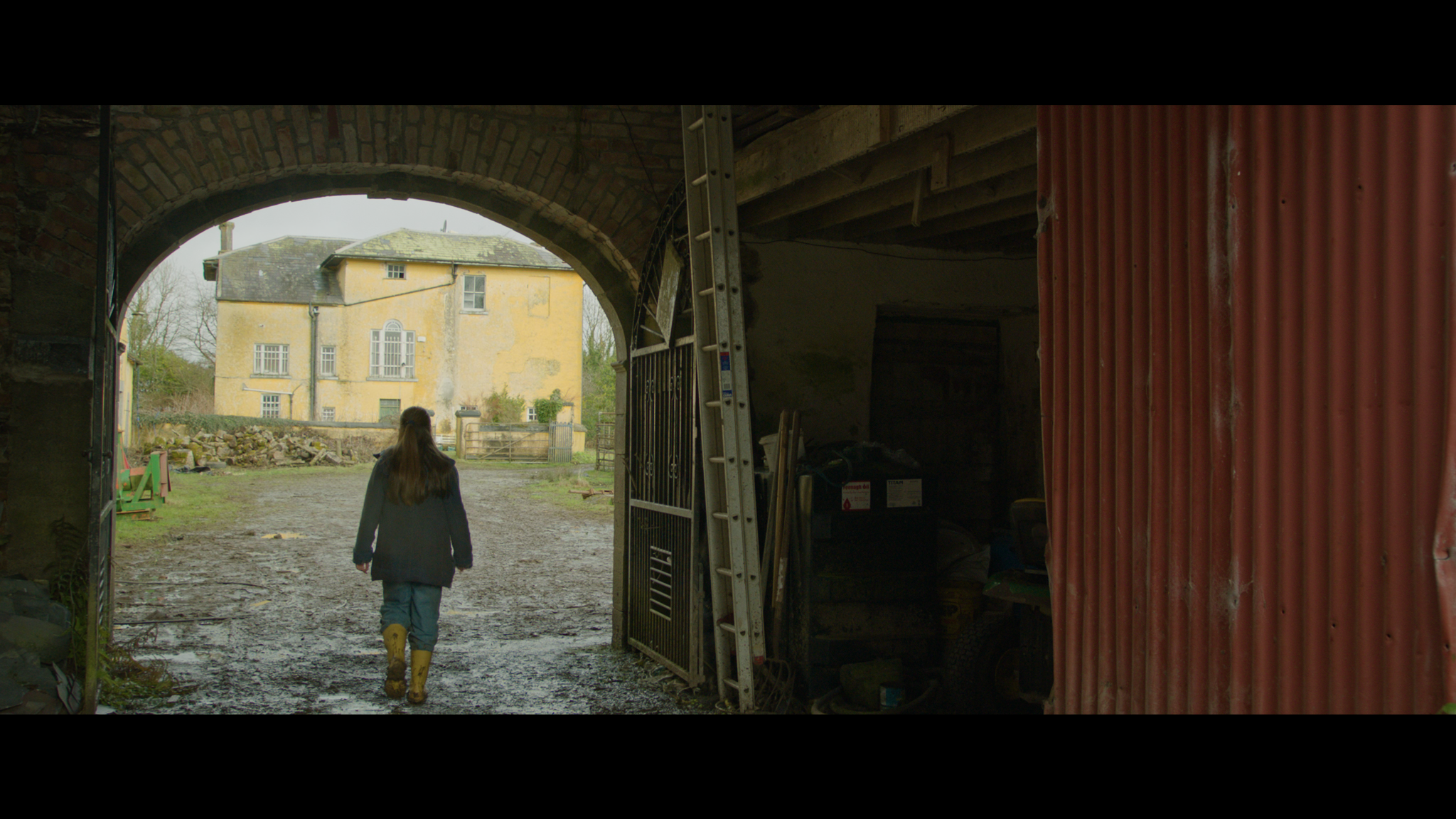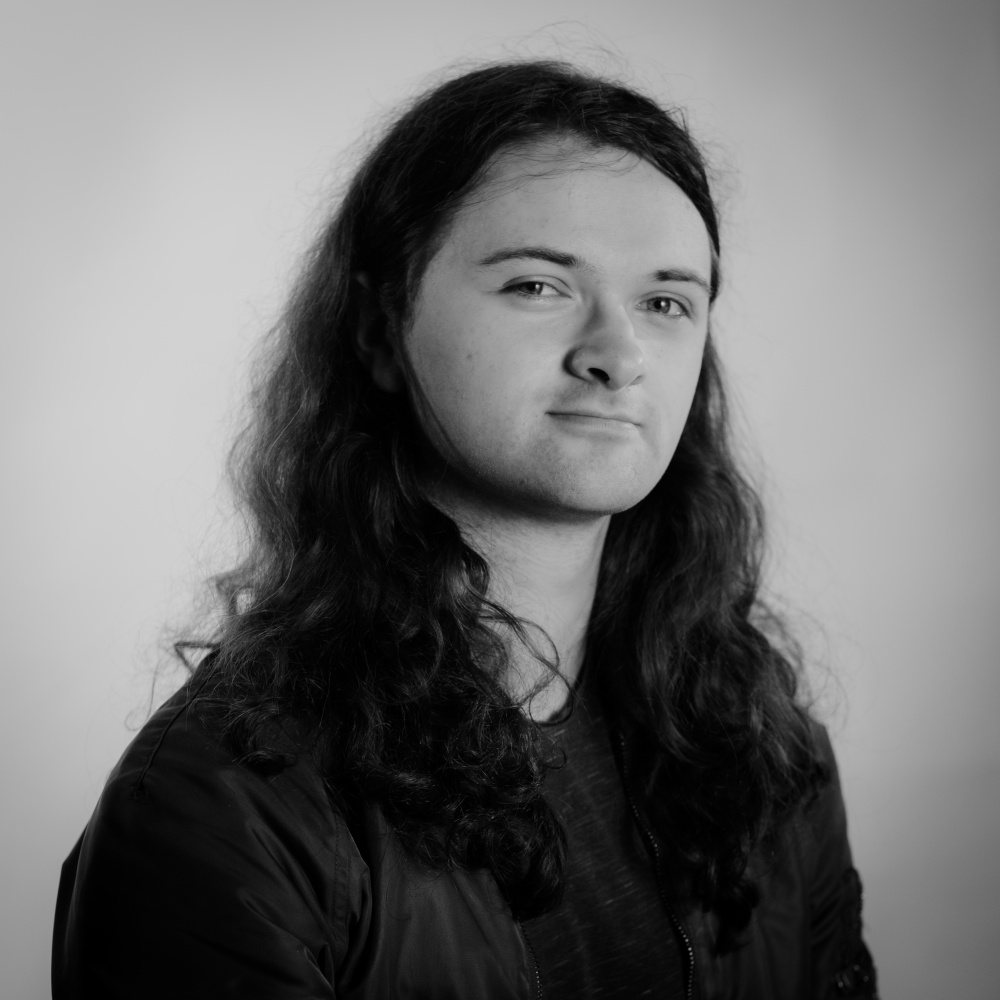
Jessica Butterfield
SÁRÚ is a chilling folk horror short rooted in Irish mythology. When a young girl moves into a secluded house on the edge of an ancient forest, she discovers a mysterious fairy ring hidden within. Drawn by curiosity, she crosses a threshold never meant to be broken—unleashing the preternatural, as the forgotten rules of the old world claw their way back.
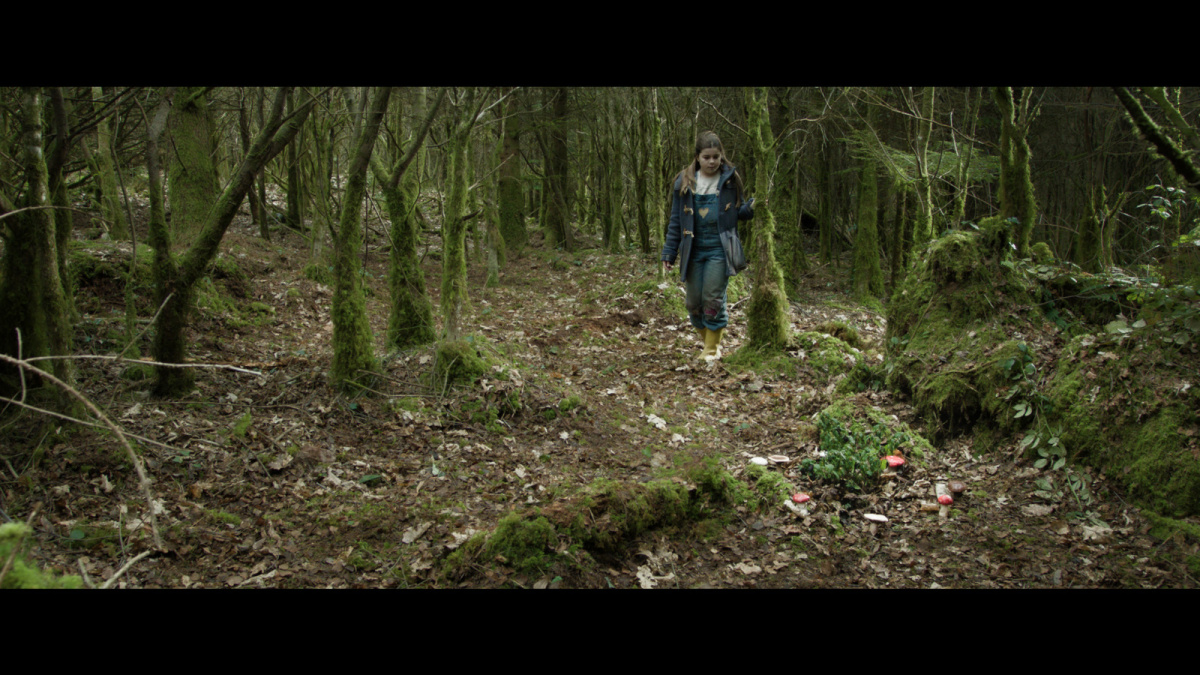

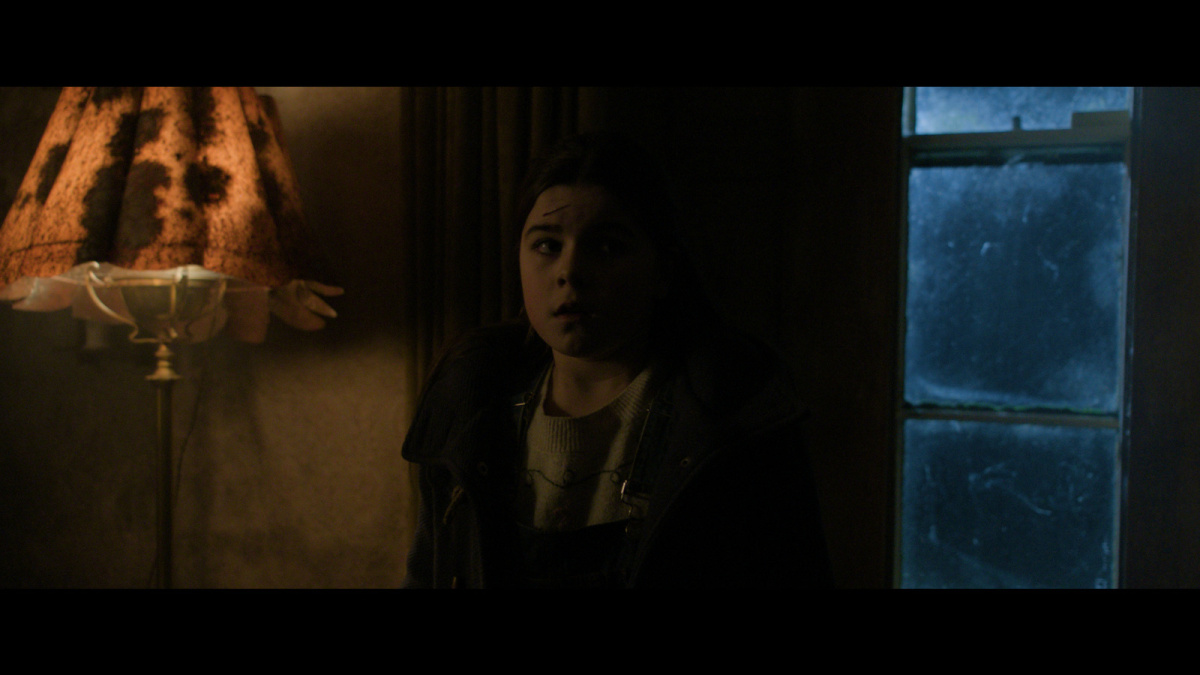


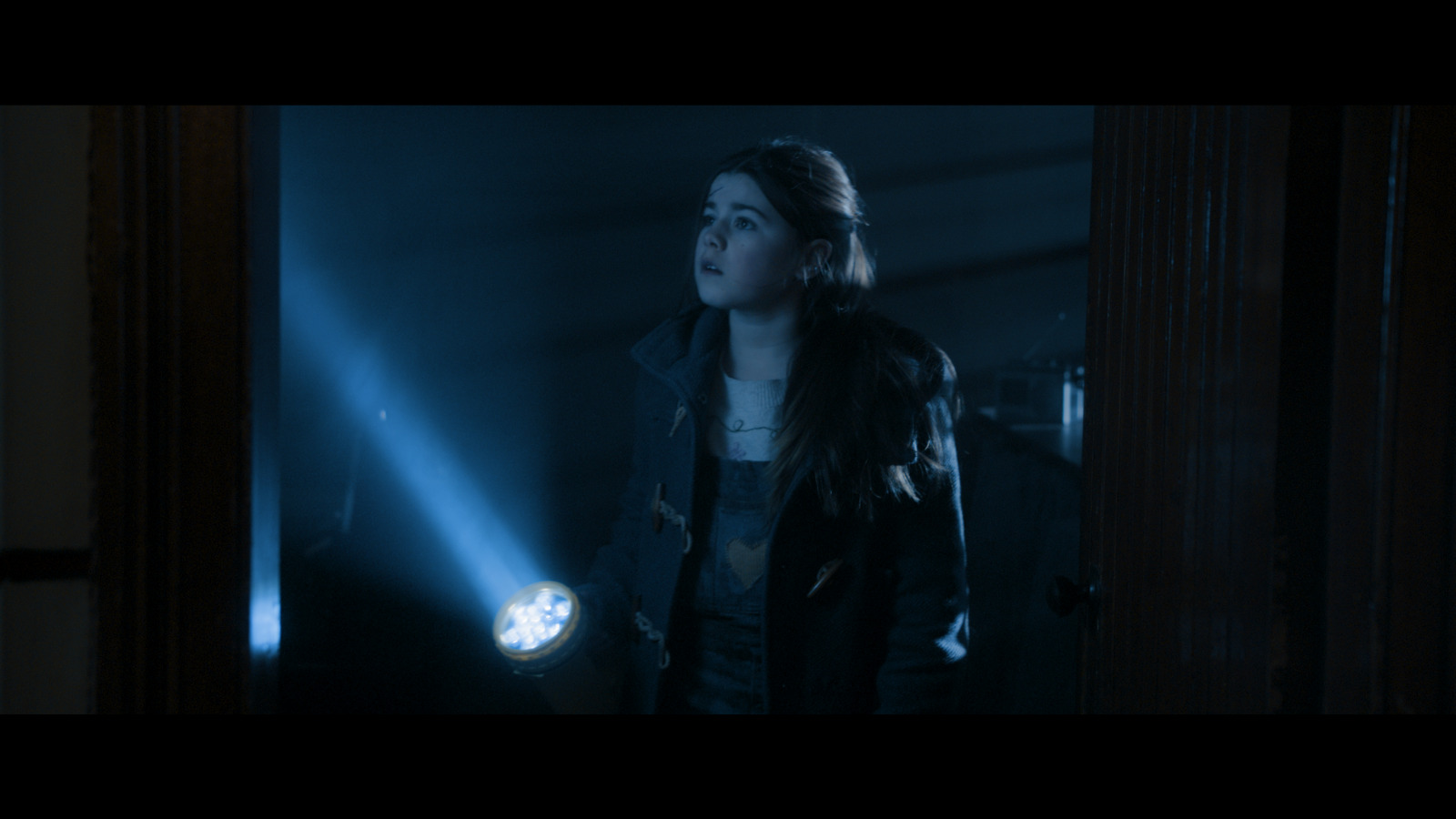
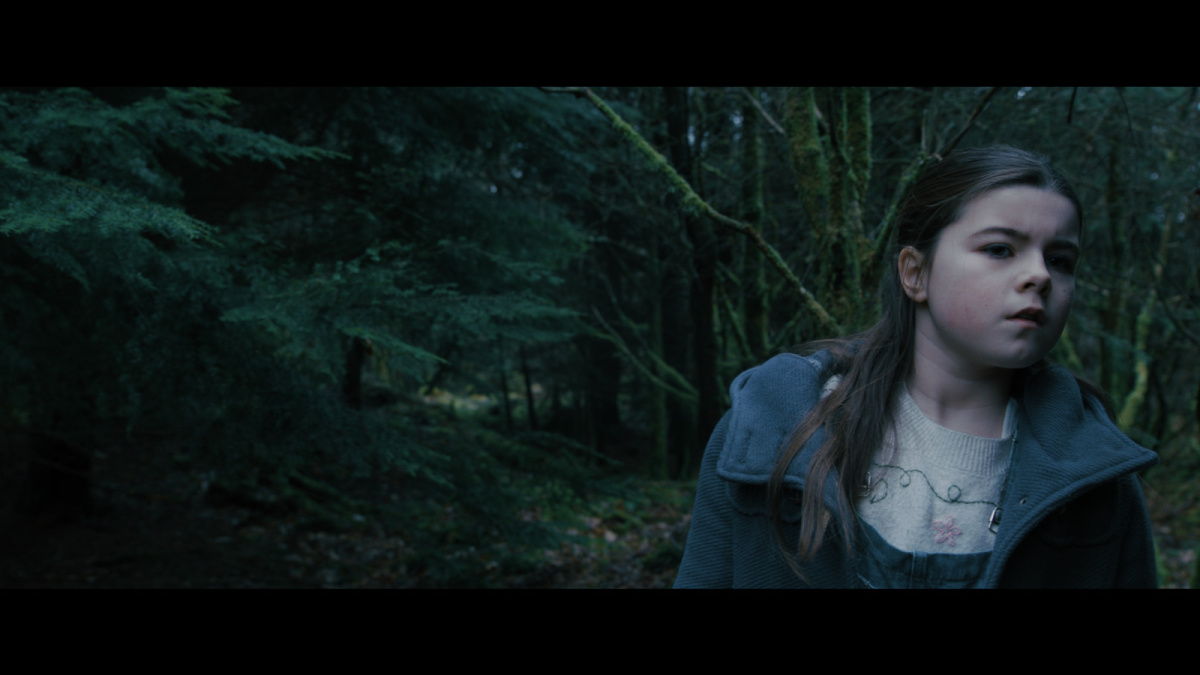
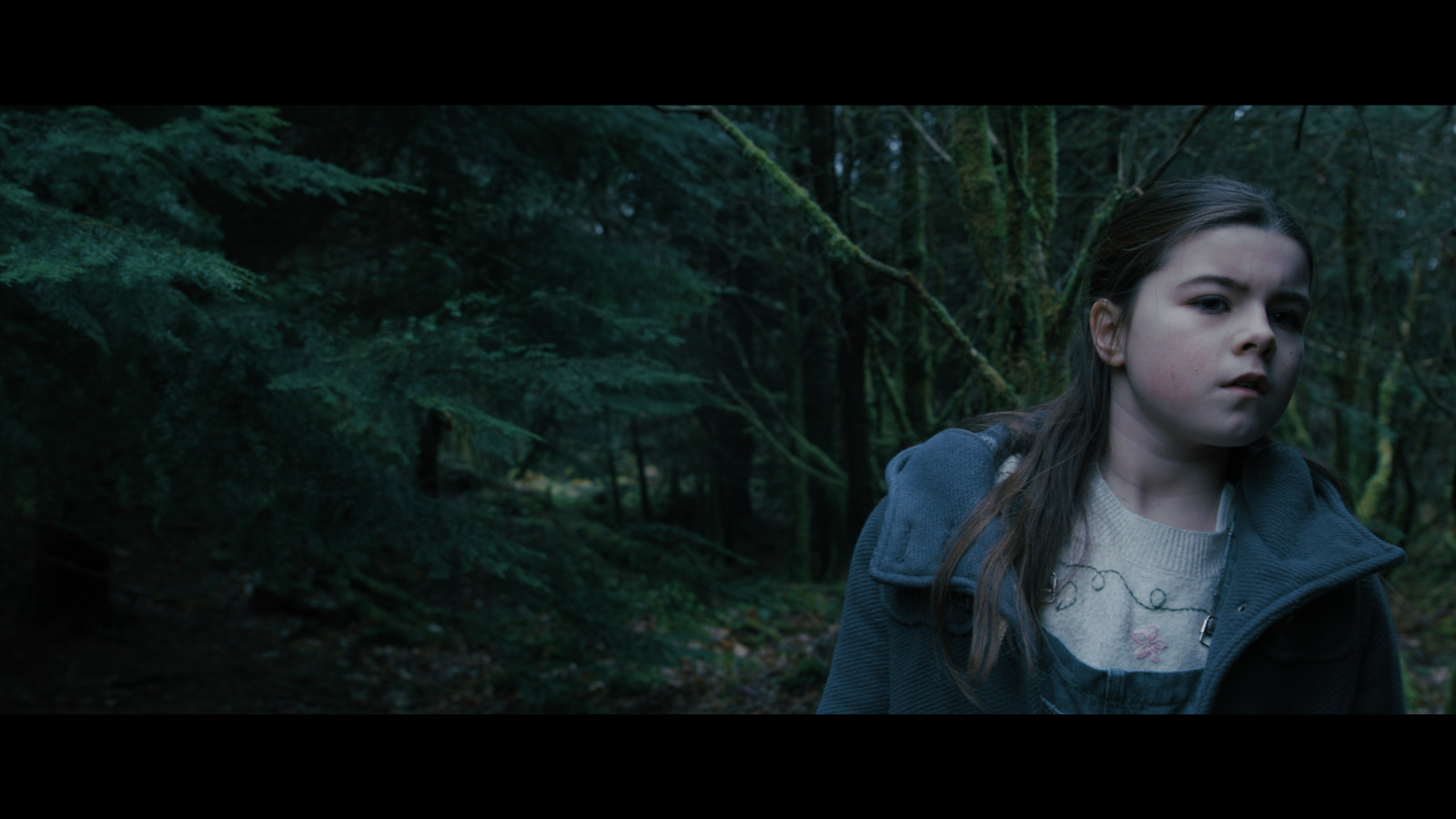
As the editor on this film, my main goal was to shape the footage into a gripping, terrifying story. Horror offers a unique opportunity to craft scares and play with tension. Editing a short film requires balancing efficiency with effectiveness - telling the story without wasting the audience’s time, while still giving each beat the space it needs.
SÁRÚ is a dark, atmospheric, and unsettling watch that emerged from a great deal of experimentation. Editing provided an opportunity to explore new ways of telling the story, and SÁRÚ became what it is through constant tweaking and refinement. I learned a lot about departing from the script and using temporary sound design to get a feel for the eventual sound mix.
I developed a strong working relationship with the director, Elena Walsh O'Brien, and the producer, Jodie Fearon. Together, we found ways to heighten the nightmarish quality of the film, strengthen the characters’ motivations, and refine the pacing and overall atmosphere.
I’m proud of SÁRÚ and the team behind it - and I hope it truly unsettles.
Vittorio Storaro, one of the greatest cinematographers in history, is well known for his personal philosophy regarding meaning in colour. The cinematographer has garnered countless awards, including wining three academy awards. One of these awards was for his work with long-time collaborator Bernardo Bertolucci on the critically acclaimed film ‘The Last Emperor’.
‘The Last Emperor’ tells a dramatized version of the story of Puyi, the last emperor of China, as he grew up in the Forbidden City – the Chinese imperial palace, and was subsequently expelled. As ‘The Last Emperor’ was being shot, cinema in China was undergoing a revolution under the ‘Fifth Generation’, who explored a new cinematic language, one which involved colour. An exploration of cultural relativity in colour will be conducted to explore the histories and differences of western and Chinese art history.
The toolset of embodied and referential colour meaning will be used to frame the patterns and connection formed within the narrative, and the associations formed with colour. The question will be asked as to whether Storaro embraces colour symbolism native to China, and how he integrates the art tradition of the Forbidden City into one of his masterworks.

Jessica is a cinematographer and editor with a strong interest in genre filmmaking, particularly fantasy, science fiction, and horror. Drawn to the unnatural, the supernatural, and the absurdities of existence, her work often explores heightened realities and surreal themes. In addition to cinematography and editing, she is an experienced DIT, data wrangler, and colourist, with a keen eye for detail across all stages of post-production.


